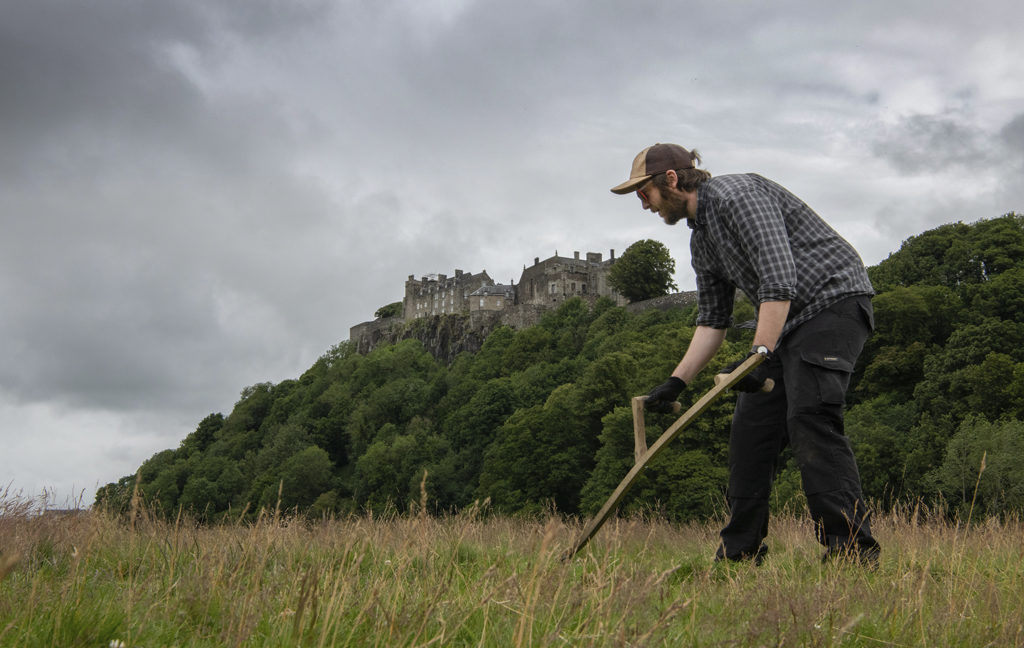When are you reopening? What does it take to get Scotland’s favourite historic sites ready to welcome visitors again?
We’ve had so many questions about this during lockdown that we wanted to take a bit of time to explain. We’ve had a chat to colleagues across the country to find out everything that needs to happen before we can let down the drawbridge for you.
Guidelines and Flow Charts and Checklists, Oh My
The major piece of work we had to do before we could open again was to research and write a set of Minimum Operating Standards for Property Management and Visitor Operations. We know, not the snappiest title – but this document isn’t designed to be click bait. It sets out everything we need to do before reopening.
We had to consider:
The size of our estate.
We care for 336 sites across the country, plus associated object collections and archives.
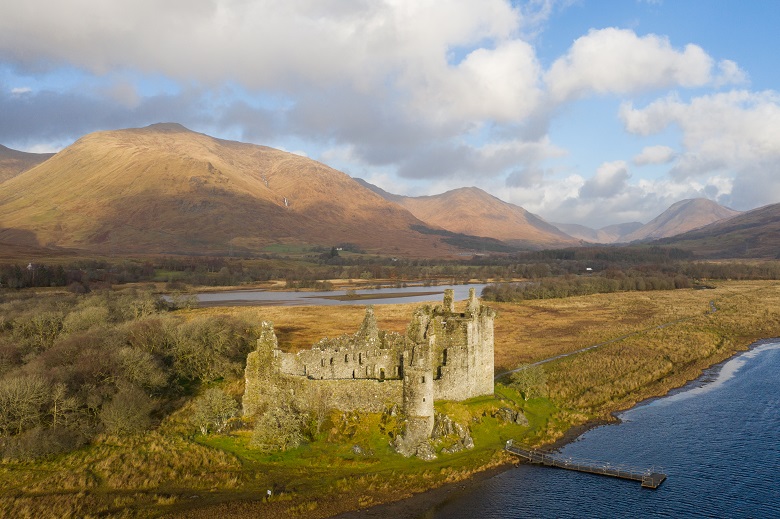
The nooks and crannies!
We look after everything from enormous castles to enclosed cairns. But how do you stay two metres apart from someone on a spiral staircase or inside a broch?
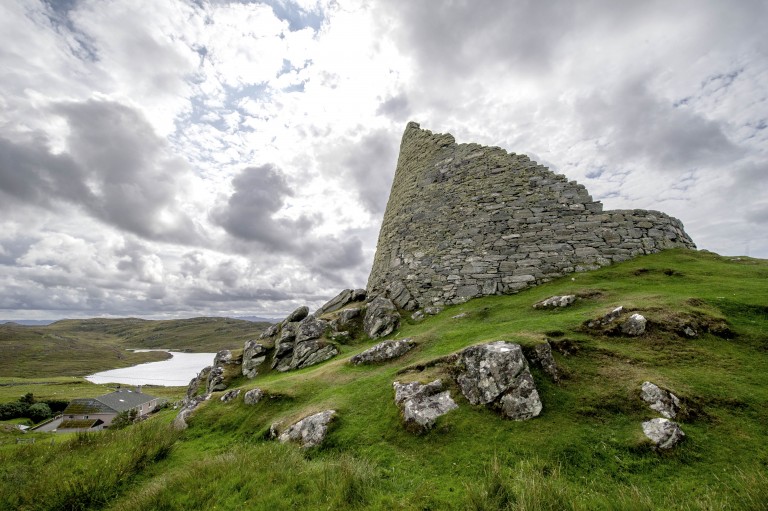
The timing.
Scotland’s tourism sector started to reopen on 15 July, a little bit more than half way through our summer season. As we’re about to explain, by the time we’ve done everything we need to ensure the safe opening of all our summer seasonal sites, it would be nearly time to close them again.
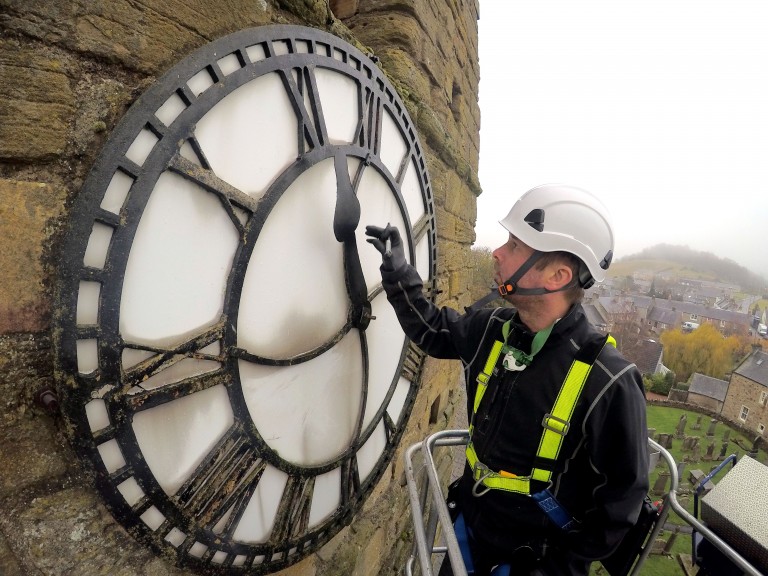
The work we need to catch up on.
Like the rest of the country, we’ve been in lockdown since March. Due to the rules around staying local and not carrying out non-essential work, our sites have been closed to everyone, including staff, for the longest period since World War II.
That means there’s a lot of grass cutting, system checks and safety inspections to do before we can welcome visitors back through the doors.
It also means we need to take a phased approach to reopening, and the difficult decision that – with the exception of Inchcolm Abbey – seasonal sites will not be opening in 2020. This is so we can focus on giving you access to properties which are open year-round.
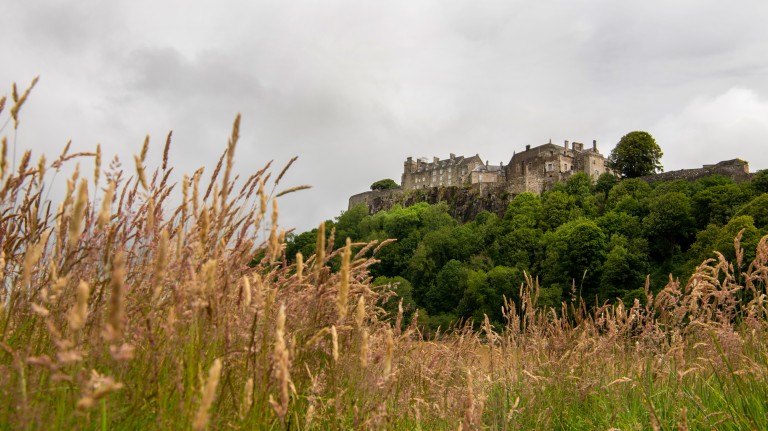
The work we need to do to make our sites safe
This is the big one. As well as continuing to carry out our statutory duties (things we do all the time like monitoring condition of sites, fire safety checks and testing water supplies), there are a lot of new rules to consider.
How do we ensure staff and visitors can distance safely at our visitor centres, ticket points, staff welfare facilities, toilets, car parks, shops and exhibitions? Is it possible to do this at all our sites? (The short answer, by the way, is no.)
How can we make sure staff get the training they need to return to a new working environment? How do we make sure visitors don’t feel like they’re missing out if we have to close some areas of a site because they’re too tight to distance inside? How do we make sure we speak to local communities to get the right balance between encouraging tourists to return, and not overwhelming people worried about a second spike?
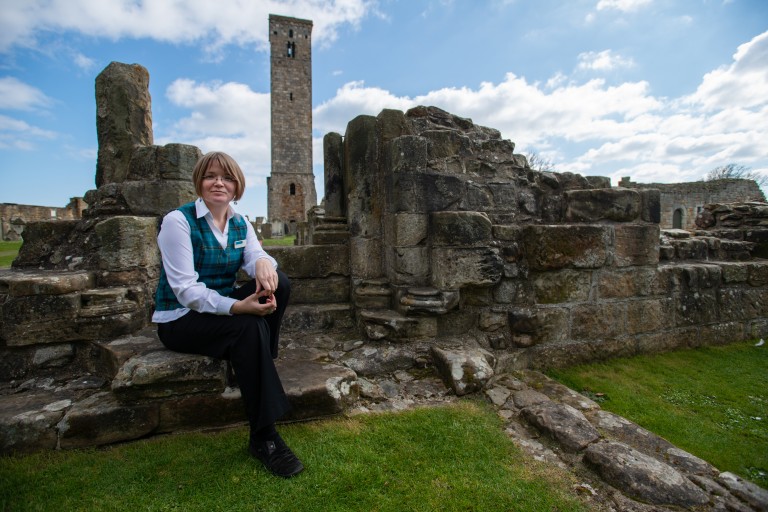
There were – and still are – a lot of questions being asked at HES! We’ve had spreadsheets, flow charts and working groups meeting for lengthy video conferences. We’ve been reading, discussing and listening to your questions and feedback. Our technical and visitor operations staff have been working through the details so you are safe when you visit, and you also feel safe at our sites.
Because ultimately, we all knew the focus had to be on what would make our staff feel safe enough to come back to work, as well as reassuring visitors it’s safe to come and see us again.
We’ve now published our operating standards, and announced our phased re-opening plans. But there is still a huge amount to do.
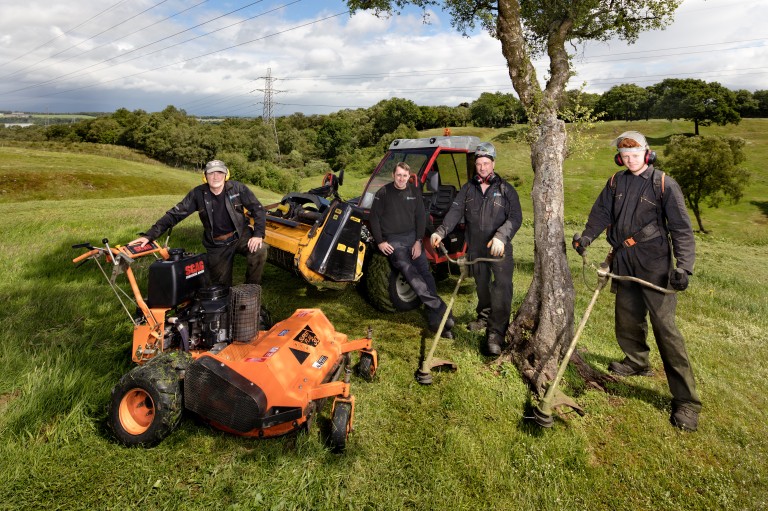
What’s next?
We need you to be able to stay 2 metres apart from other visitors and staff at all times. To help you do that we’re risk assessing sites, creating signs and route maps, and developing ways to make sure the new visitor experience still gives you all the information you want and need to enjoy a site.
We’re working out where barriers might need to go, ordering enough stocks of soap and disposable towels, and figuring out how to reduce the need to touch surfaces. And we’re considering how that impacts our carbon reduction goals.
We’re making sure staff can access COVID-19 Awareness Training before going to work on a site.
We’re getting sites ready for visitors again, and hope to open 70% of the estate by the middle of September. Because of the scale of the work and the different challenges at each site, we don’t yet have exact dates for everything – and unfortunately some places won’t reopen this year. Trust us, we’re disappointed too.
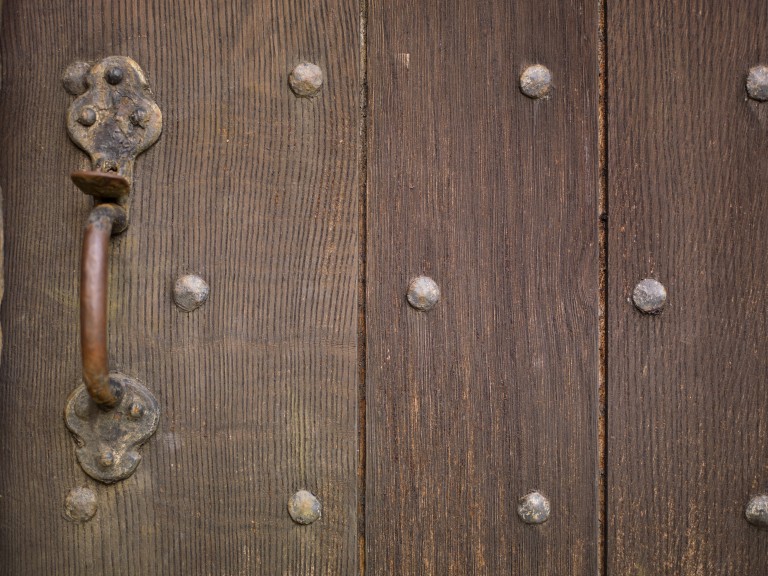
We’re also continuing with the work we’ve been doing since the lockdown period began back in March. We have:
- Brought our entire learning offer online to support educators and people learning from home
- Developed a series of online exhibitions on different themes, like Scotland’s Coasts and Waters
- Created a wide range of Virtual Tourism posts to help you visit sites from Iona Abbey to Stirling Castle
- Run weekly Q&A sessions on different historical topics over on YouTube
And of course we’ve continued to do desk jobs like case work, research, creation of visitor materials and more.
Reopening the doors at last
We’ve now reopened around 200 unstaffed visitor attractions, as well as the grounds of Doune, Caerlaverock and Dundonald Castles.
On 1 August 2020 we’ll also be reopening parts of Edinburgh, Stirling and Urquhart Castles. You can pre-book online now!
After that we’ll be reopening 23 more ticketed sites on a rolling basis. Want to be the first to hear when our sites will reopen? Sign up for our newsletter!

